Many people from around the world have heard of the City of Wuhan. However, not all will know that it is an important industrial and technological hub of Hubei Province, People’s Republic of China.
From the 8th to 12th September, the working group for Songkhla UNESCO Creative City Initiative led by Mr. Paijen Maksuwan, President of Songkhla Provincial Administrative Organization, was invited by Wuhan Planning and Design Institution, Bureau of Natural Resource & Urban-Rural Development, to attend the collaborative workshop “Wuhan Creative City of Design and Songkhla Creative City Initiative”, in Wuhan, People’s Republic of China, for the opportunity to discuss and exchange experience with the working group for Wuhan City of Design and various other parties involved in promotion of Wuhan as a City of Design, including the government sector, private sector, and public sector.
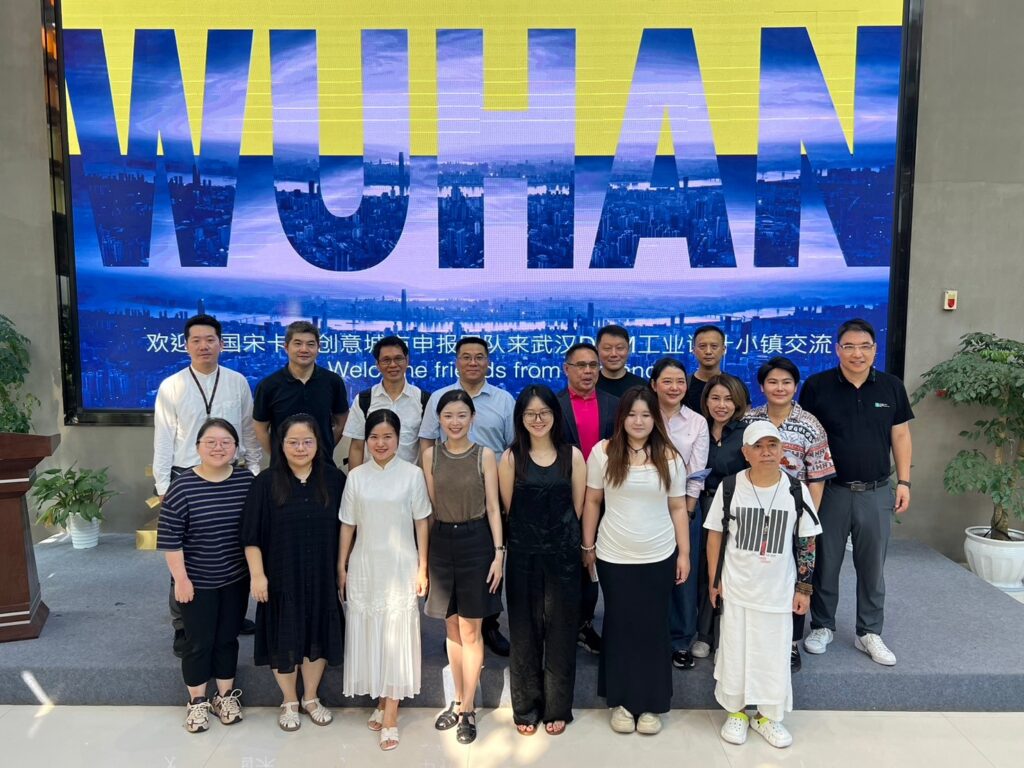
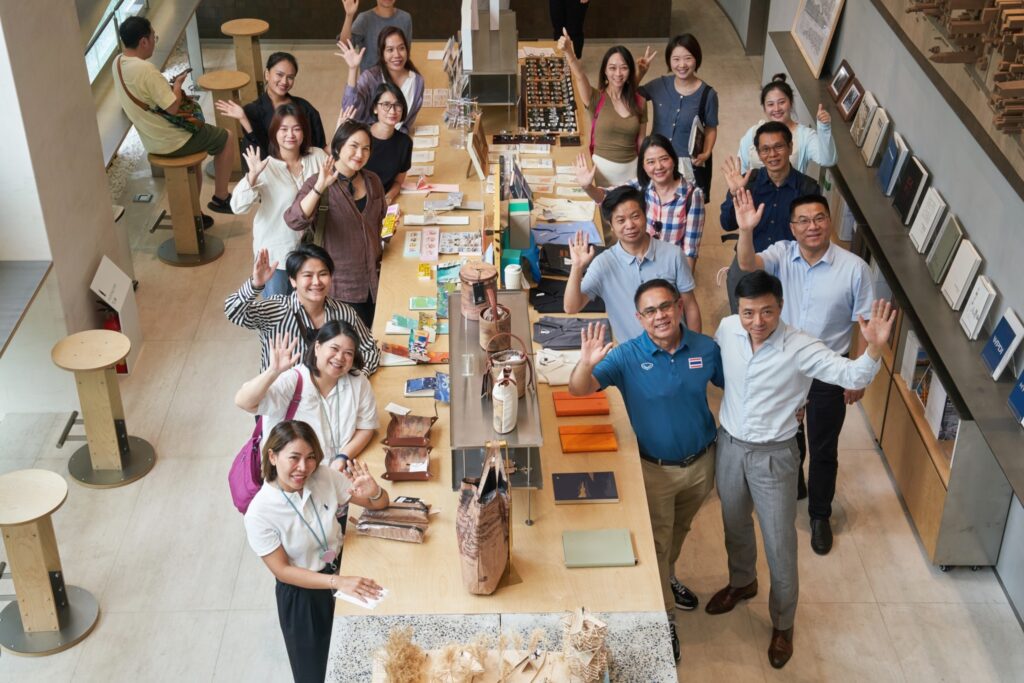
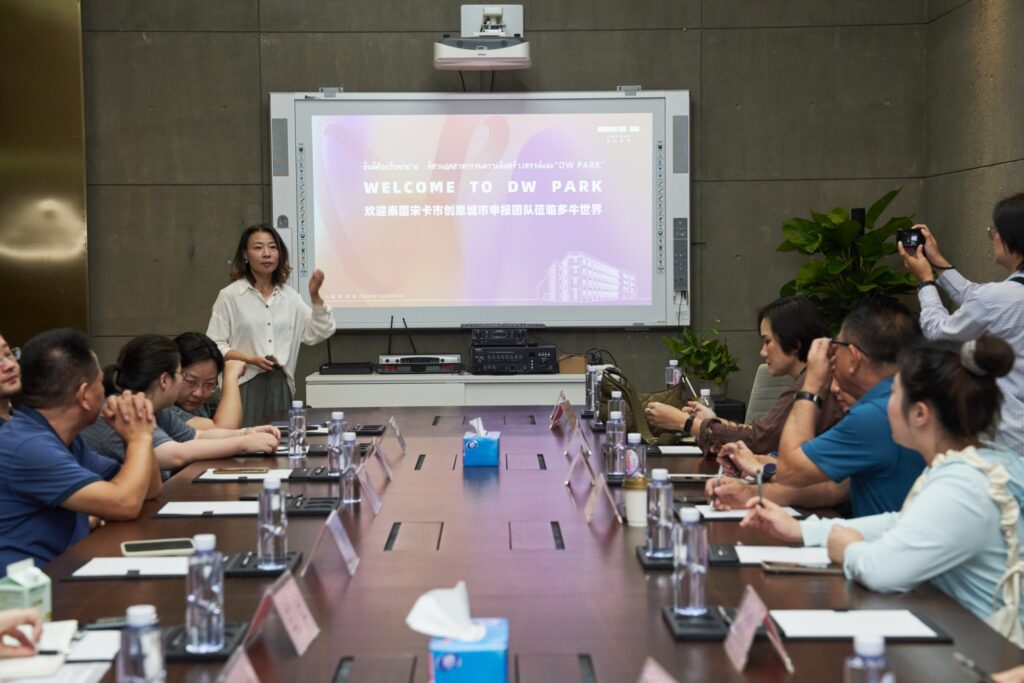
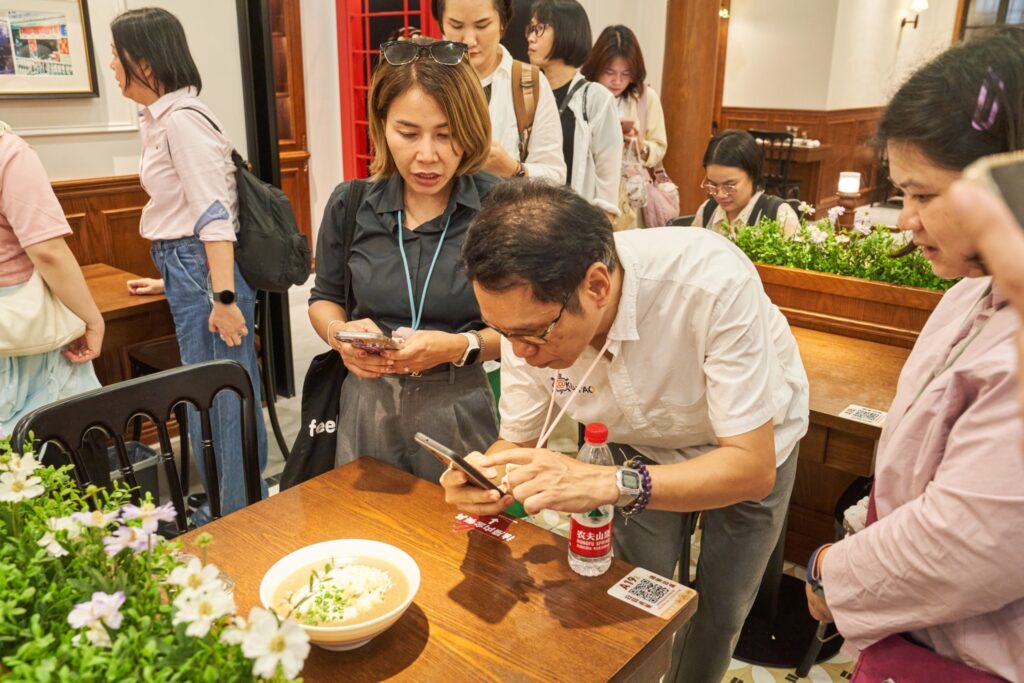

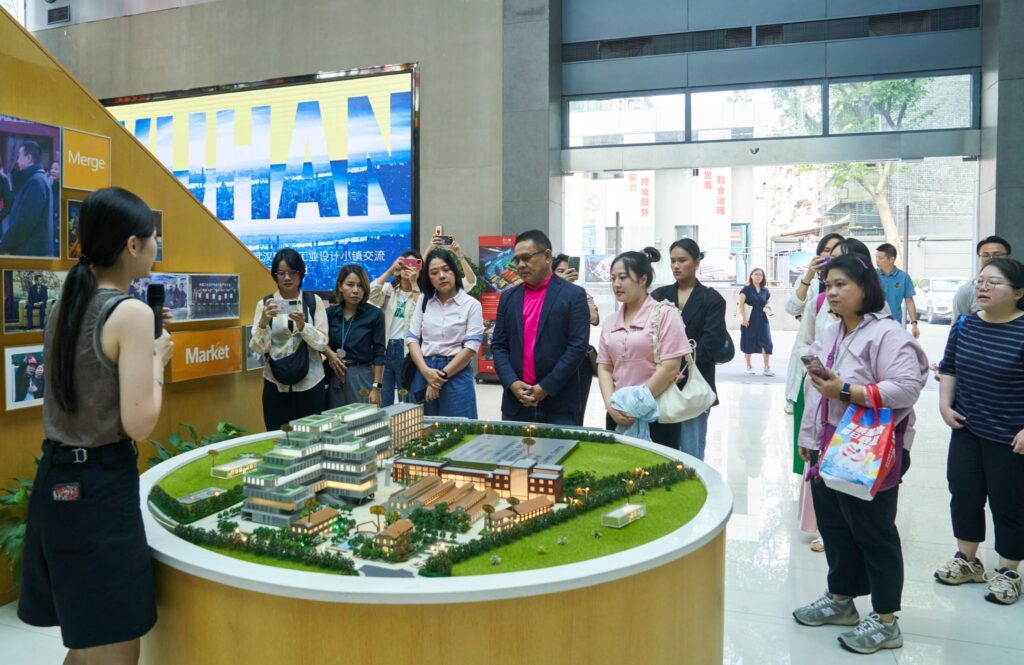
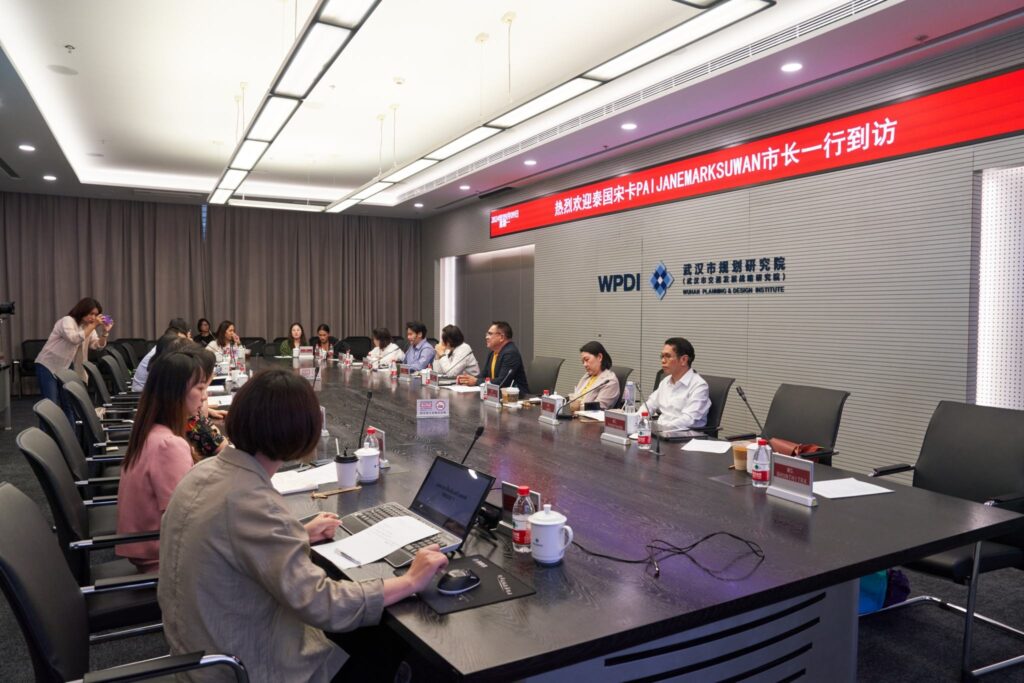
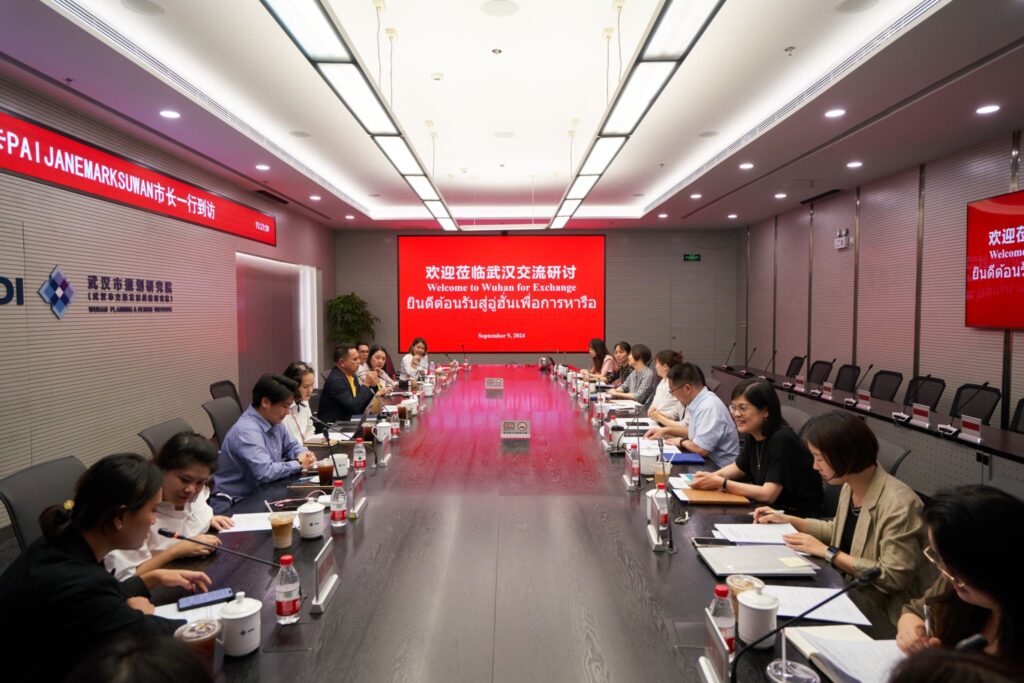
Wuhan is designated as a “UNESCO Creative City of Design”, promoting the city using creativity in design as a foundation according to the concept of “design engineering”. The city spent almost a decade from 2009-2016 preparing the city through a policy framework to establish development of the city through creative design. Being originally an industrial city, Wuhan recognized existing capital and the potential of utilizing design engineering as the primary tool for urban development.
Regarding “key indicators of Wuhan’s Creative City of Design status”, it is interesting to note that the city uses indicators under three main frameworks:
- 1. Increasing intellectual property rights.
- 2. Emergence of designer’s networks at city and national levels, particularly networks of independent designers.
- 3. Establishment of a network consisting of over 100 communities that use design creativity as a primary motive force.
Measurement standards reflect the value of sustainability based on cultural resources and use of design engineering in urban development, including physical, policy, and academic aspects, from which 5 important lessons are derived to assist development of Wuhan into a world-class Creative City of Design, including:
1. Old City, New Life: Establishing and implementing a clear vision simultaneously at city and provincial levels, and integrating it into every aspect of operations, be it within the design industry, exhibitions, events, or networking, using the “Design-Driven Culture” approach and incorporating cultural values as a “cost” in design via Design Thinking and Design Development, resulting in a city design and production industry that has expanded its bases around the world.
2. Culture People and Place: Cultural capital and base serve as an important foundation for human development through the design of urban activities according to the five senses and regular daily life. The city has been developed into a “place” of planning and urban design thinking processes. Although some areas of the city still require development, the city has a long-term plan for such issues together with a policy framework to establish urban space concordant with future lifestyles but which does not abandon Chinese culture. This is effected by focusing on the identity of Wuhan, whether in art or cuisine, to facilitate development according to the concept “identity of Wuhan”in all aspects, creating awareness in design and extending cultural roots as “standard” for everyone to access.
3. Education and Innovation: Wuhan is a city with a world-class foundation of industrial production as well as various educational institutions. Accordingly, it utilizes such industries as spaces to transfer knowledge to younger generations and provide the opportunity to jointly use cultural design in product development, resulting in higher amounts of intellectual property, since becoming a member of the global Creative Cities Network.
4. Celebration of UCCN membership: All agencies and organizations are paying close attention to the date of the city’s declaration as a member of the UNESCO Creative Cities Network – 1st November 2017 – and have been regularly hosting events, exhibitions and celebrations around that time of the year.
5. Design for the sustainability: The city believes that sustainable design requires a thorough understanding of cultural capital, and this is where the lessons learned in steps 1-4 are being developed alongside development of sustainably-aware technologies across designer networks, communities, and educational institutions, in order to establish a mechanism which everyone can follow and commit to.
Of particular interest is the working process under the UNESCO framework, which emphasizes the use of education, science, and culture as motive forces. Wuhan has adopted consistent principles for city development, including both physical aspects and management of resources, based on creation, people, and communities, since its announcement as a member of the Creative Cities Network in 2017. In addition, Wuhan is the current main coordinator of the global network of Creative Cities of Design, with an office located at the Bureau of Natural Resource & Urban-Rural Development, as well as an office to accommodate working visitors. The word “Planning” is used in the city’s branding according to the main objective of presenting Wuhan City as a UNESCO Creative City of Design, under the framework of engineering design, with an office within the Ministry building responsible for administrating this aspect of operations which also includes creative spaces for design, including a library, various small exhibitions, and coffee shops.